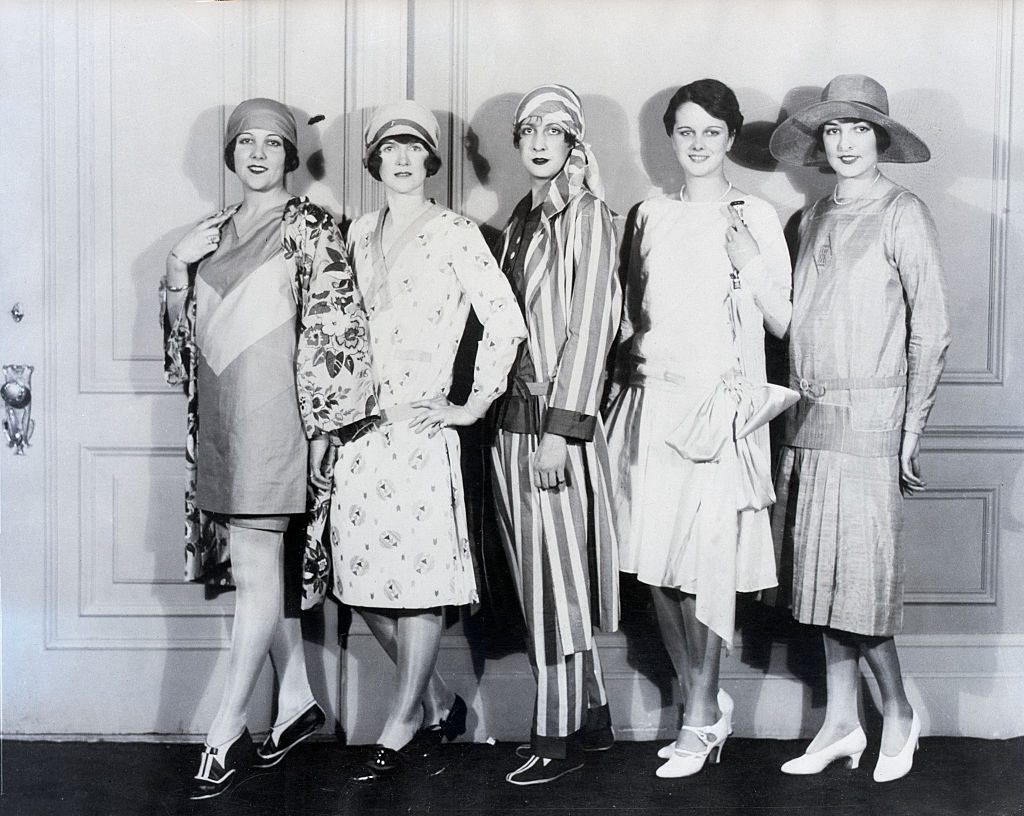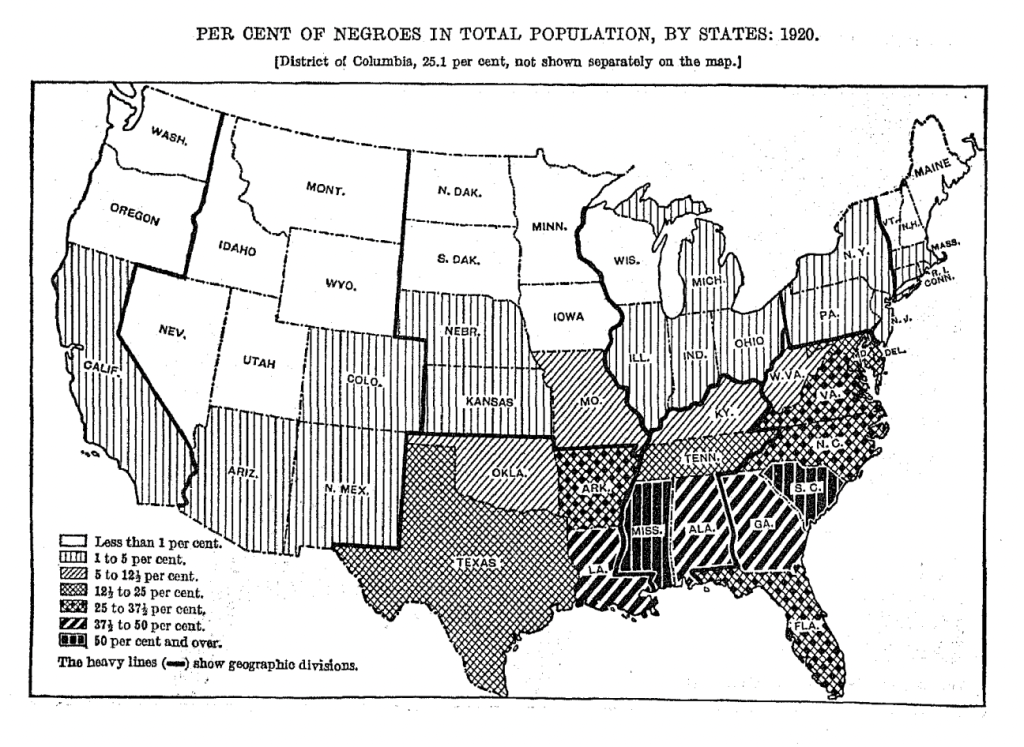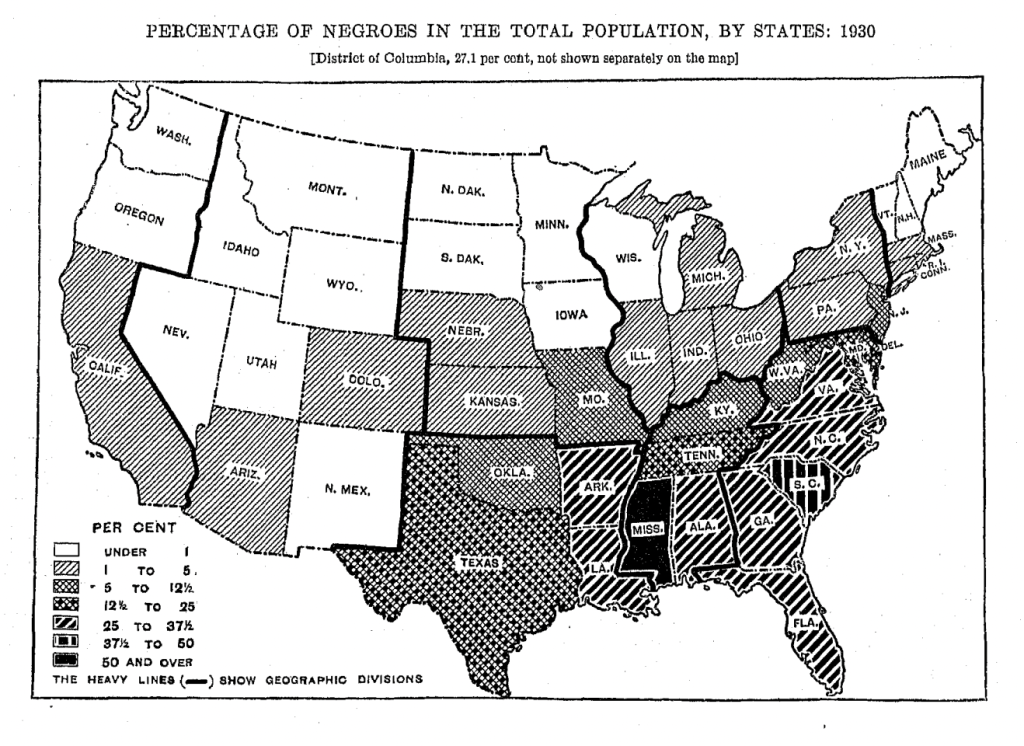
The first carbon microphone was developed independently by David Edward-Hughes in England and Thomas Edison and Emile Berliner in the U.S during the 1870s with Edison gaining the patent for it in 1877. As Stated in ‘How the Microphone Transformed Popular Singing’ by David Guion:
‘Experiments with carbon microphones, crystal microphones, capacitor microphones, and electromagnetic microphones followed over the next half century. By the 1920s, microphones had matured sufficiently to revolutionise all aspects of the music business.’
Although this was true, it wasn’t until the 1930s when microphones started to be used for live vocal performances, Rudy Vallee is believed to have been the first major star to use a microphone to sing in a ballroom in 1930. Vallee quickly rose to fame, along with a few other ‘Radio Romeo’ stars. The reason for this and the beginning of the ‘Crooner culture’ is mainly due to the reconceptualisation of the traditional marriage in the U.S. As stated in Real men don’t sing: Crooning in American culture, there was a concern among cultural authorities in the 1920s about the dip in birth rates of white middle-aged women, causing a large societal change in how marriage was viewed, with a now larger focus on romance and sex than there was previously. Although there was a new outlook on social relationships, there was still a strong gender hierarchy in place, leading women to mass consumerism (including media) and therefore Crooner music.

What I find interesting is the craze surrounding Rudy Vallee and how he was overtly praised for the feminisation of masculinity, with the songs he sung being mainly about romance and intimate situations. I think this is particularly impressive as this was in a time following straight on from the First World War, arguably when masculinity was in its strictest form.
I recognise that this new alternative masculinity is societally important, it broke down gender roles and provided women an empowering new way to listen to music. But I also understand that whilst men were being praised, women would have been criticised for showing the same attributes. If a woman sang in the same way Rudy Vallee did, she would’ve been called improper and crude. So while it’s important acknowledge the freedoms and subversions the crooner movement brought both women and men, it’s equally as important to think about its roots in both sexism and racism.
We have to remember that the new sexualised culture of the 20s (which gave way to the ‘Radio Romeo’ was implemented due to the lowering birth rates of middle-aged white women and the rise in birth rates of all other races in the U.S, specifically the rise in the black population of America.




Comparison of birth rates between 1920 and 1930.
United States Census Bureau (1920) ‘1920 Census: Volume 3. Population, Composition and Characteristics of the Population by States’. Available at: https://www.census.gov/library/publications/1922/dec/vol-03-population.html
United States Census Bureau(1930)’1930 Census: Volume 2. Population, General Report, Statistics by Subjects’. Available at https://www.census.gov/library/publications/1933/dec/1930a-vol-02-population.html
